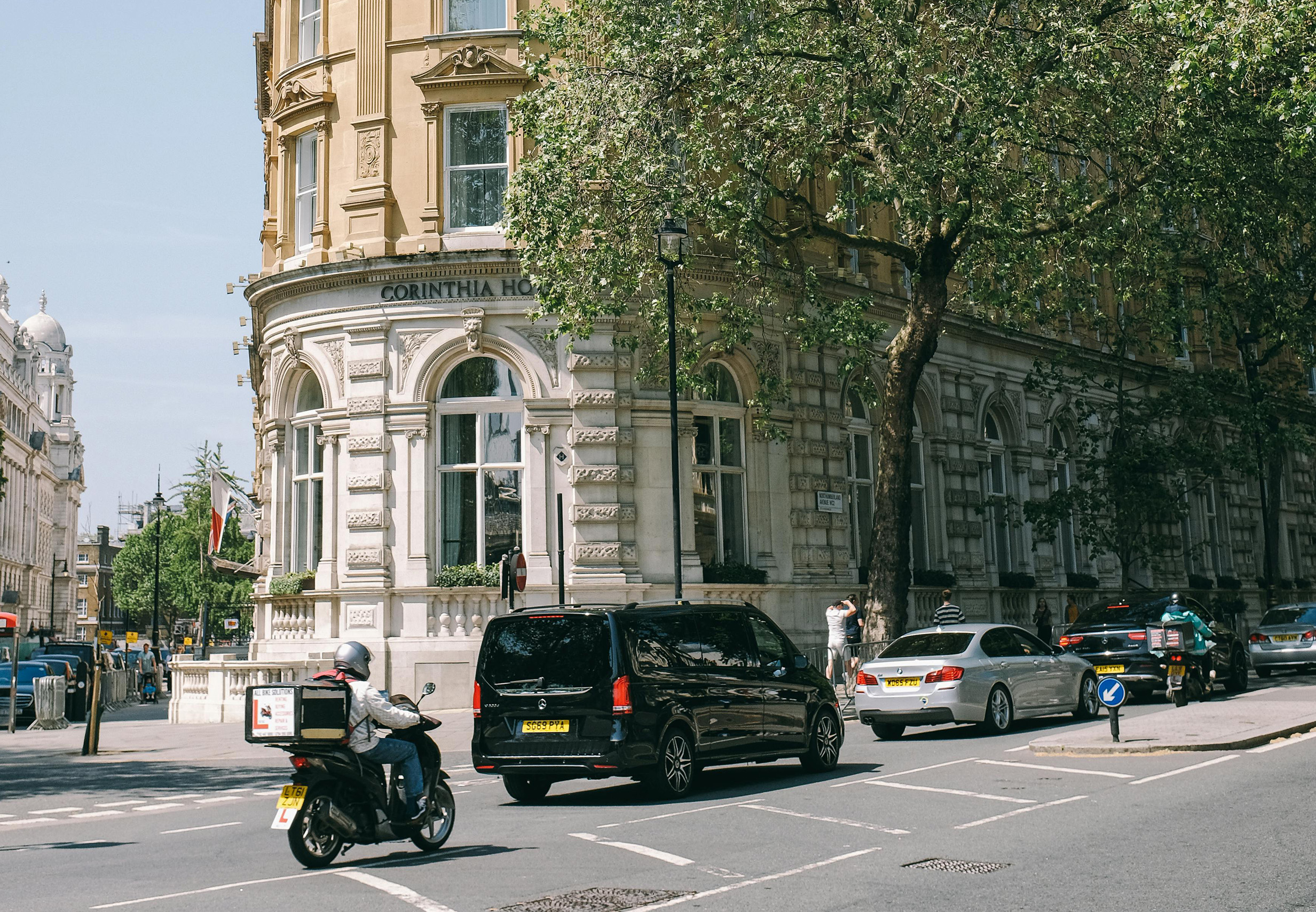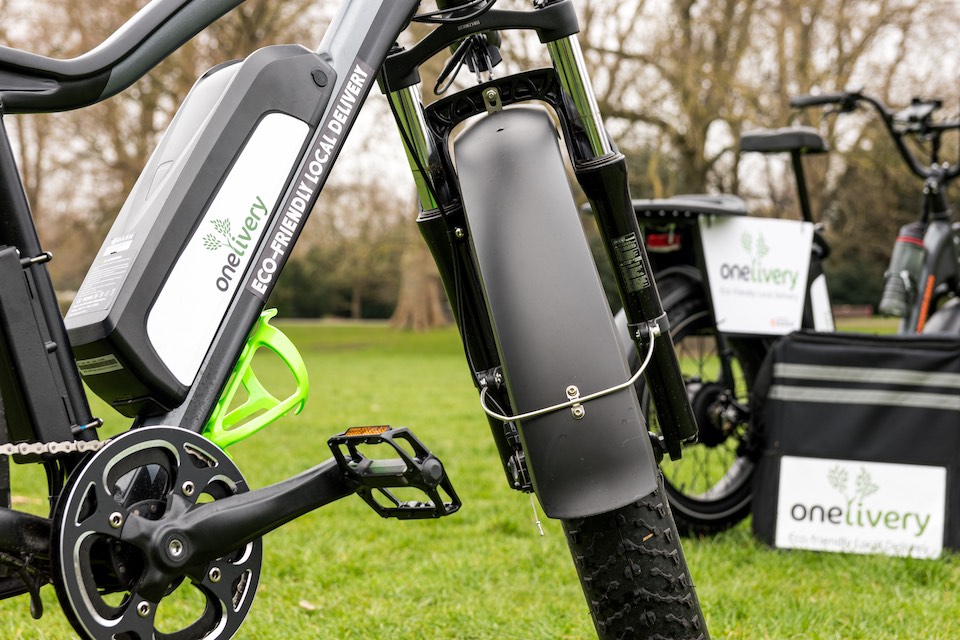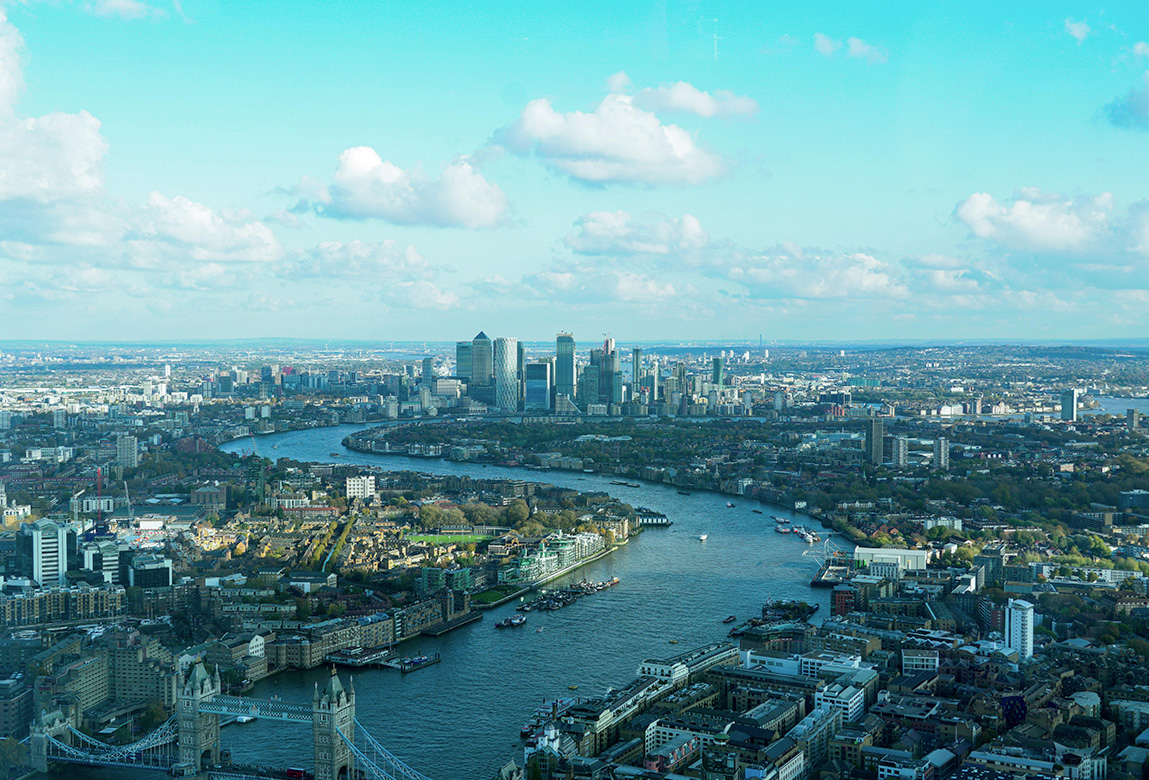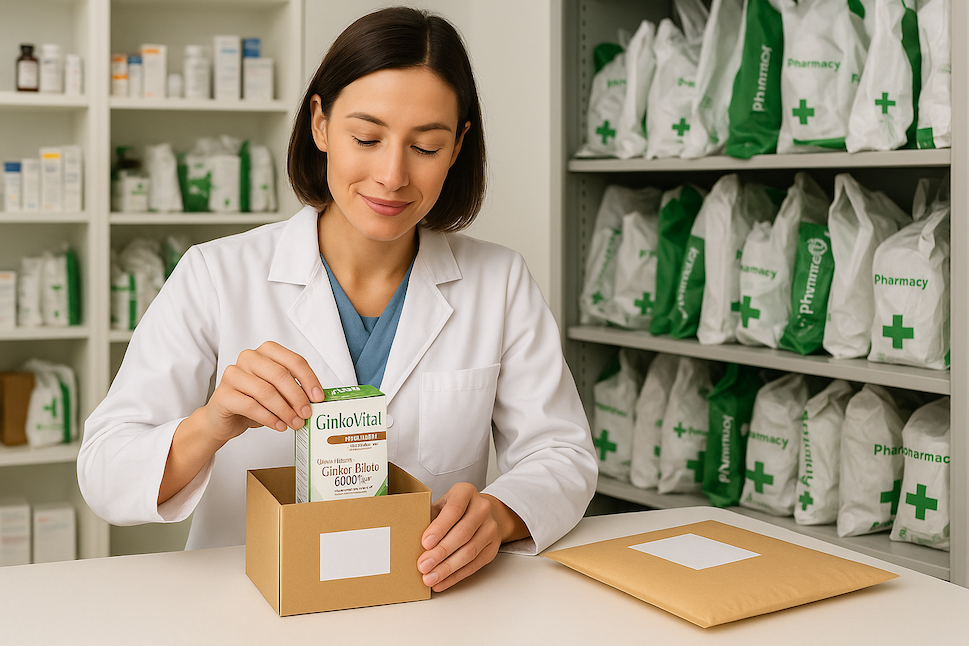Is it possible to enjoy the convenience of same-day delivery while also prioritising environmental sustainability? This is a question many businesses and consumers are grappling with as the demand for rapid delivery continues to rise. Balancing the need for speed with the desire to reduce our carbon footprint is no easy task, but it is a challenge worth tackling.
The Appeal of Same-Day Delivery
Same-day delivery has transformed the way we shop, offering unprecedented convenience and satisfaction. Imagine ordering a product in the morning and having it in your hands by the afternoon. This level of service is a game-changer for consumers who value speed and efficiency. According to a recent survey, 88% of consumers are willing to pay for same-day delivery, highlighting its growing importance in the e-commerce landscape.
The Environmental Impact
However, the environmental cost of such speedy deliveries is significant. The increased number of delivery vehicles on the road contributes to higher carbon emissions and traffic congestion. The rapid turnaround time often necessitates multiple trips, sometimes with partially loaded vehicles, which further exacerbates the problem. This raises an important question: Can the delivery industry maintain its growth while also committing to sustainability?
Finding a Balance
1.Optimised Routing and Consolidation Delivery companies can mitigate environmental impact by optimising delivery routes and consolidating orders. Using advanced algorithms, companies can ensure that delivery vehicles take the most efficient routes, reducing fuel consumption and emissions. Additionally, consolidating orders allows for fewer trips with fuller loads, which is more environmentally friendly. 2.Electric and Hybrid Vehicles Transitioning to electric and hybrid vehicles is another effective strategy. These vehicles produce fewer emissions compared to their petrol and diesel counterparts. Many companies are already investing in greener fleets, recognising that sustainable delivery methods can coexist with speedy service. 3.Customer Flexibility Encouraging customers to opt for flexible delivery windows can also make a difference. When consumers allow for a slightly longer delivery time, companies can better plan and consolidate deliveries, leading to fewer trips and reduced emissions. Educating consumers about the environmental benefits of flexible delivery options can help shift demand towards more sustainable practices. 4.Green Packaging Beyond the delivery process itself, companies can also focus on sustainable packaging solutions. Using recyclable and biodegradable materials can significantly reduce the environmental footprint of deliveries. Reducing packaging waste is a critical component of a holistic approach to sustainable delivery.
Consumer Role
Consumers play a crucial role in this balance. By being mindful of their delivery choices and opting for more sustainable options when available, they can drive demand for greener practises. Small changes in consumer behaviour, such as choosing standard delivery instead of express or supporting companies with sustainable initiatives, can collectively lead to substantial environmental benefits.
The tug-of-war between same-day delivery and sustainable delivery doesn't have to end in a stalemate. By adopting innovative practises and making conscious choices, businesses and consumers can work together to find a balance that satisfies the demand for speed without compromising our planet's health. As we move forward, it's essential to remember that convenience and sustainability can go hand in hand, paving the way for a greener future in the delivery industry.









